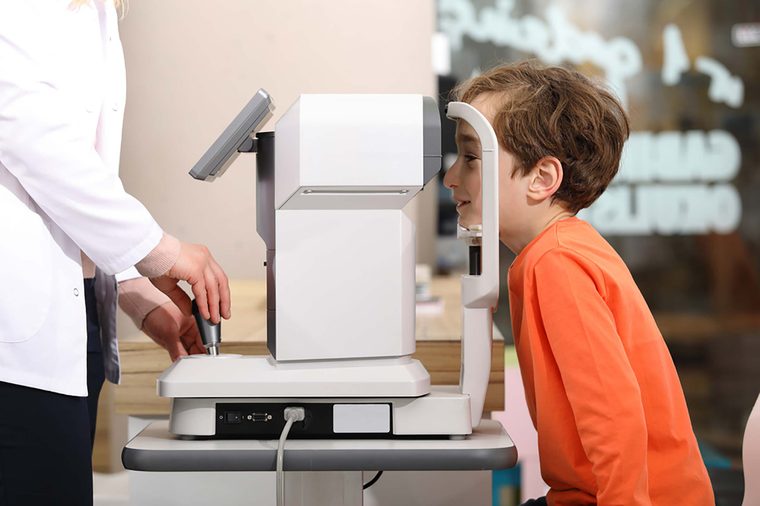
We ignore eye health
There are secrets your eye doctor won’t tell you, but every vision professional will agree that regular checkups are critical. A recent study from Think About Your Eyes indicates that many Americans skip visits to the eye doctor because they think their vision is “fine.” While most Americans say they prioritize eye health, very few actually see their eye doctor as a part of their annual health routine. Here are 10 vision and eye problems that your children may experience without even knowing it—some more obvious than others, and why it may be time to schedule a comprehensive eye exam!
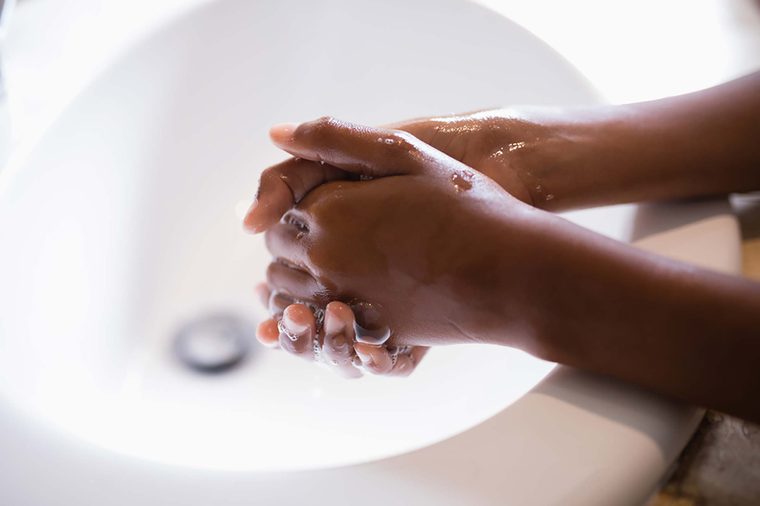
Pink eye
Pink eye often starts as a mild pink color in one eye and is very contagious in close environments. When infected, proper hygiene is important—wash hands and avoid touching the eye and sharing towels and pillows. Luckily, pink eye is often the result of a viral infection, which means it will resolve on its own. Eye drops and a cool washcloth can provide relief. However, it is important that your child is contained temporarily to prevent the spread of the itchy virus. And watch out that you don’t get the wrong pink eye treatment.

Allergies and itchy eyes
If your child battles symptoms such as a runny and itchy nose, sneezing, postnasal drip, nasal congestion, and itchy eyes, he or she may be prone to allergies. Seasonal allergies are very common in school-aged children. Over-the-counter anti-allergy drops and nasal sprays can be used once in the morning and at night to prevent symptoms. Most drops are safe for children at the age of 2, but ask your doctor to confirm. This is how allergists control their own allergies.
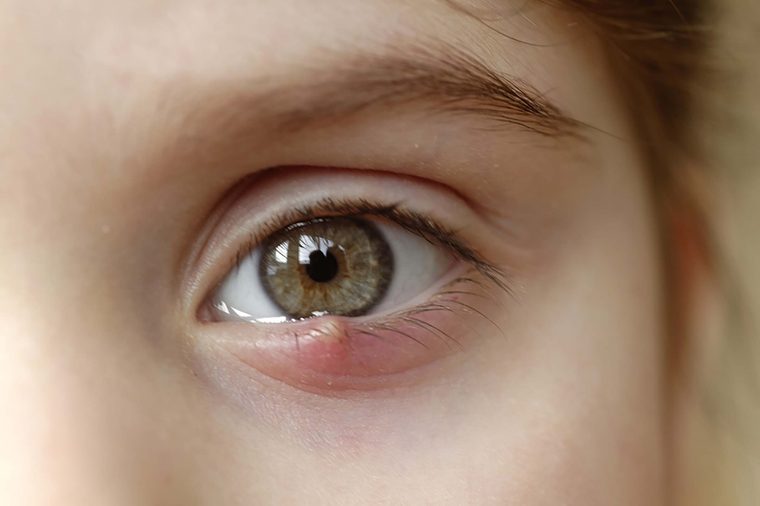
Eyelid stye
A stye is an infection that causes a tender, painful red lump on the eyelid. Styes, which are caused by a build-up of bacteria in one of the glands in the eyelid, are usually harmless to the eye and have no effect on vision, but they can be uncomfortable and don’t look attractive. Most styes resolve on their own without medication. Home remedies include warm compress and massage for 5 to 10 minutes, twice per day. A warm compress can be made using a warm washcloth, or a sock filled with rice heated in the microwave for 15 to 20 seconds.
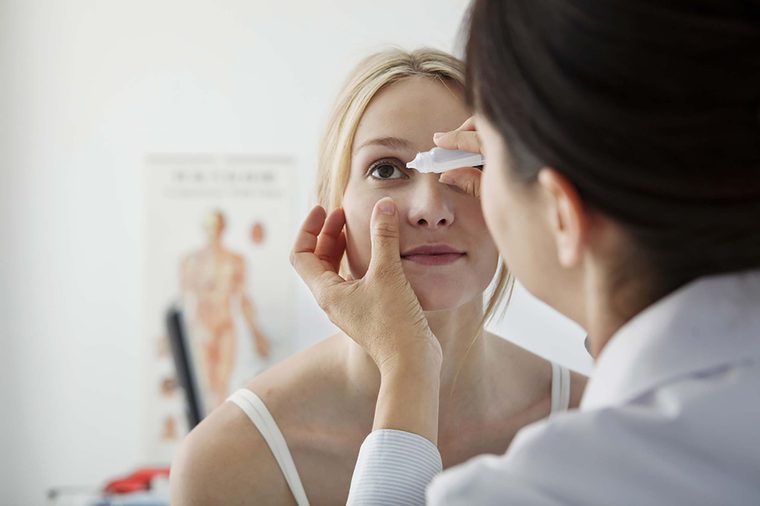
Dry eye
While the issue usually affects adults and those who wear contact lenses, it’s becoming more common among school-aged children due to an increased amount of screen time. People blink up to 50 percent less when working on a screen, causing tears to evaporate off of the front surface of the eye faster, which leads to the eyes becoming dry and irritated. Symptoms can be relieved by limiting screen time and using artificial tears to supplement the existing tear layer. If you have these silent signs of dry eye, ask your optometrist about some solutions during your annual comprehensive eye exam.
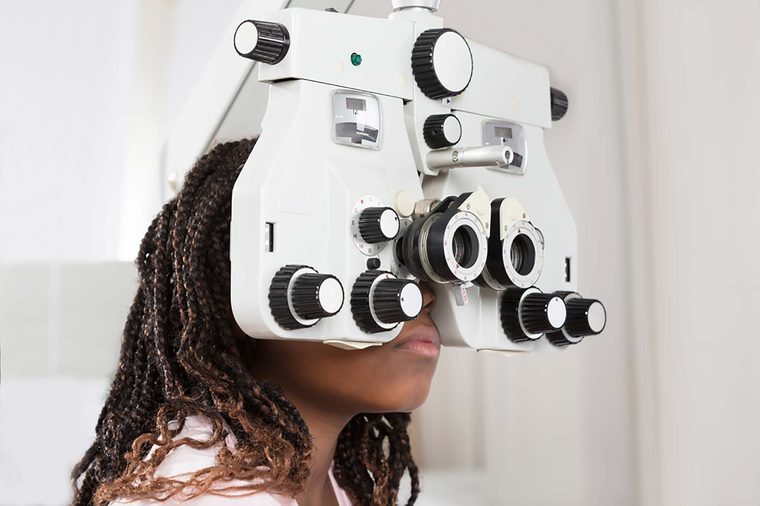
Convergence insufficiency (CI)
CI is the weakness or inability to turn the eyes inward, especially when looking at things up close, and it can lead to double vision, headaches, tired eyes, and difficulty reading, all of which can impact children. CI is more difficult to detect in children compared to most vision problems, and children with this condition can still pass a standard vision test. Be sure to schedule an annual comprehensive eye exam for your children to ensure they are not experiencing symptoms of CI and other vision problems that are not detected through a standard vision test at school. Don’t miss these easy ways to improve your vision.
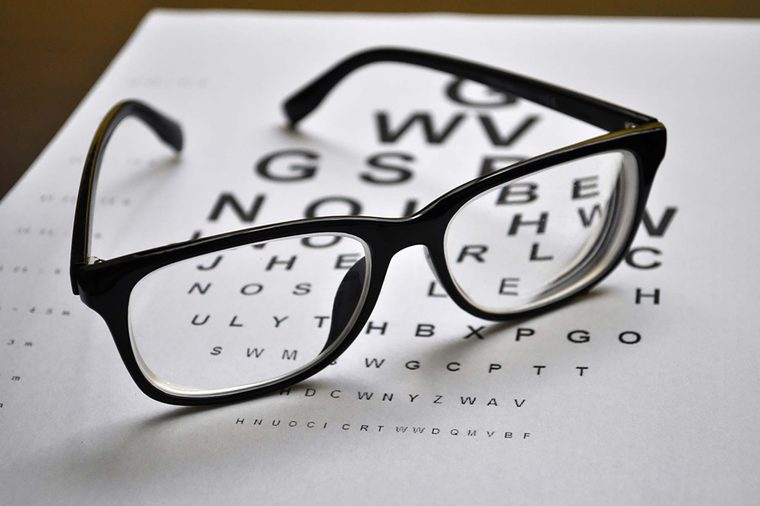
Amblyopia (lazy eye)
Lazy eye is defined as decreased vision in one eye due to abnormal development of vision in the brain. (These are the symptoms of lazy eye to watch out for.) It can be caused by a difference in prescription between the two eyes, and often goes undiagnosed because it often affects only one eye, with the other eye compensating for the difference in vision. It’s important to get annual eye exams for children to detect this condition as early as possible to begin treatment if necessary. Most amblyopia can be treated with glasses and/or vision therapy, which enables the brain to develop the ability to see with each eye.

Visual processing disorder vs. dyslexia
Symptoms of dyslexia often mirror those of a visual information processing disorder, so the condition is often misdiagnosed, though it’s possible that dyslexia is also a problem of the eyes, rather than the brain, according to new research. Symptoms of a visual processing disorder include letter/number reversals, difficulty writing letters/numbers, mistaking words with similar beginnings, difficulty distinguishing the main idea from other details, and confuses letters in words. If your child experiences these symptoms, it is important to have a complete visual processing evaluation, even if they have passed vision screenings or eye exams in the past. Vision therapy is the best treatment method to teach the necessary visual skills so academic success is not impeded by poor visual processing.
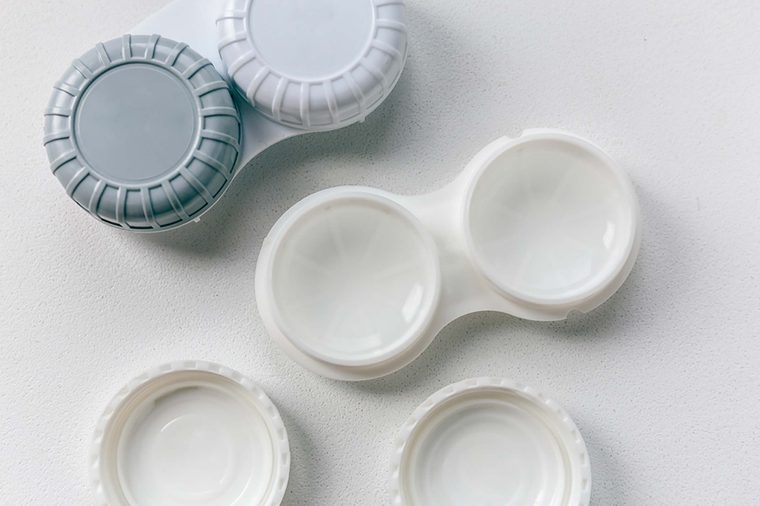
You can help stop the march of myopia
Myopia, also known as nearsightedness, is widespread among children worldwide. Myopia tends to increase as a child matures, and continues increasing even through college years till around age 25. Many studies have shown that myopia progression can be slowed by increased outdoor light exposure. Other treatment options can slow the progression of myopia, including the use of glasses and specialty contact lenses. Given our vision changes over time, it is important to get routine comprehensive eye exams to ensure that your glasses and contact lens prescription is updated accordingly. These are the secrets eye doctors wish they could tell you.
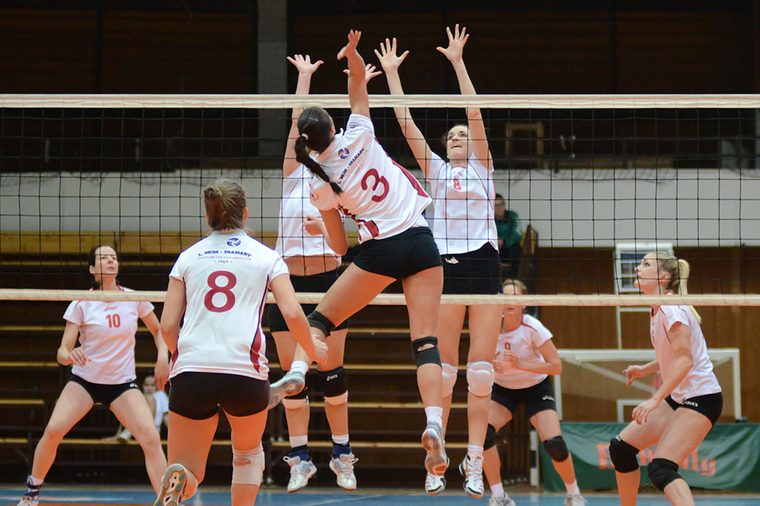
Hand-eye coordination development
As children mature, they establish body control techniques and develop hand-eye coordination. Some children are delayed in developing these skills, which can be a result of a vision problem, such as poor visual-spatial awareness, poor eye teaming, or poor eye tracking. A comprehensive eye exam can help determine which part of the visual system is causing the problem. Glasses and/or vision therapy is the best way to improve these visual skills in a child, and fixing the problem sooner rather than later can not only help the child perform better in school and sports, but often significantly boost their self-confidence.
While some vision and eye problems are easily detectable and treatable, many problems can go undetected for years, having a long-term negative impact on one’s eye health and vision. Annual eye exams should become a routine priority for your children’s health, as their vision develops and alters every year throughout their adolescence and into adulthood. To learn more about eye health and care and to locate an optometrist near you, visit ThinkAboutYourEyes.com.
Dr. Lindsay Berry, OD, has received several awards including Beta Sigma Kappa International Optometric Honor Society Top Scholar, Excellence in Vision Therapy Scholarship, Dr. Herbert McCracken Dixon Scholar Award, William E. Langston Sports Vision Scholarship and the Art Optical Contact Lens Scholarship. Dr. Berry has completed a Vision Therapy and Rehabilitation residency at Southern College of Optometry in Memphis, Tennessee.